Deck & Commander Strategies
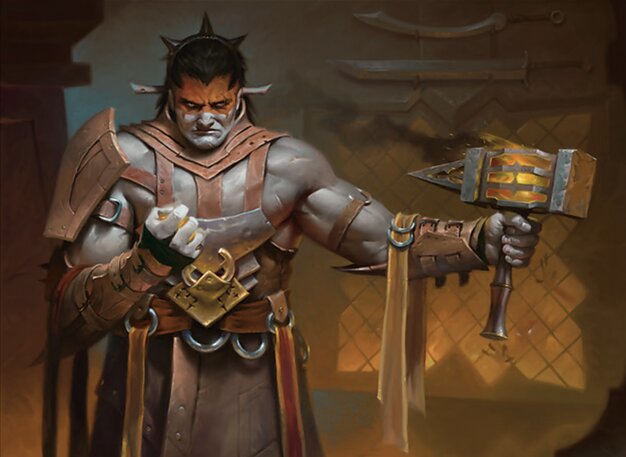
Valduk, Keeper of the Flame
Aggressively builds a swarm of 3/1 trampling tokens by equipping Valduk with multiple equipment artifacts to deliver overwhelming combat damage.
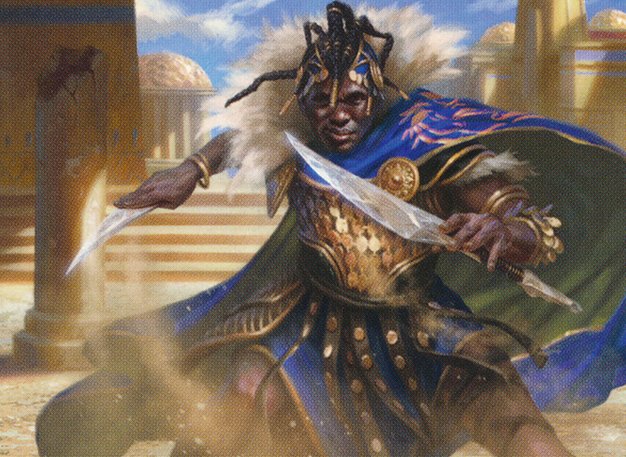
Kwende, Pride of Femeref
Maximizes combat damage through double strike, turning all creatures with first strike into double strike threats to quickly reduce opponents’ life totals.

Hallar, the Firefletcher
Uses kicked spells to place +1/+1 counters on Hallar and deals damage equal to its power to all opponents, combining incremental board control and commander damage.
Azorius Herald
Utilizes unblockable creatures and life gain from enchantments to chip away at opponents while maintaining board presence and survivability.
Gameplay Insights
- 1
Players prioritized establishing board presence quickly with aggressive creatures and utility spells to maintain tempo.
- 2
There was early political tension with players opting to avoid attacking the most threatening decks to prevent retaliation.
- 3
Hallar’s damage-dealing triggered by kicked spells created a constant threat that pressured opponents to play cautiously.
- 4
Valduk’s strategy of equipping to generate multiple trampling tokens forced opponents to consider board wipes or targeted removal.
- 5
Kwende’s double strike synergy amplified combat damage output, making blocking decisions critical and risky.
- 6
The use of removal on artifacts and creatures was balanced with diplomatic restraint to avoid escalating aggression too early.
- 7
The game highlighted the importance of tempo and incremental damage in Pauper Commander’s lower life totals and commander damage threshold.
Notable Cards
-

Valduk, Keeper of the Flame
-

Kwende, Pride of Femeref
-

Hallar, the Firefletcher
-
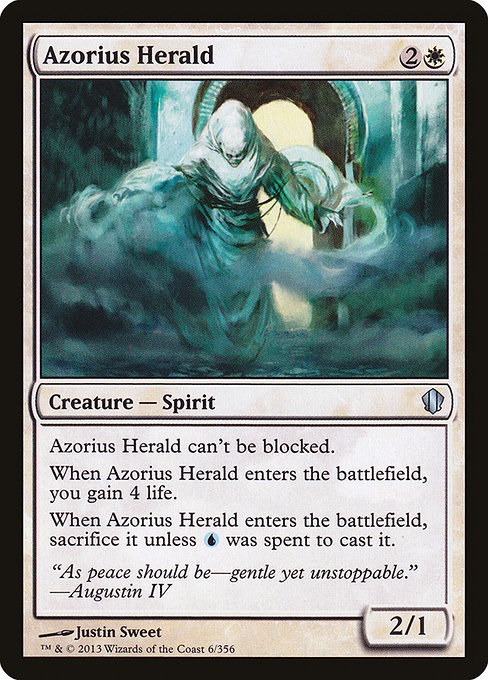
Azorius Herald
-
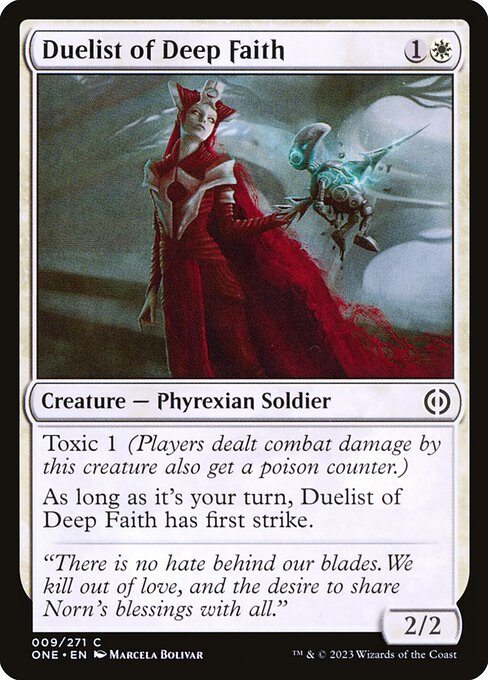
Duelist of Deep Faith
-
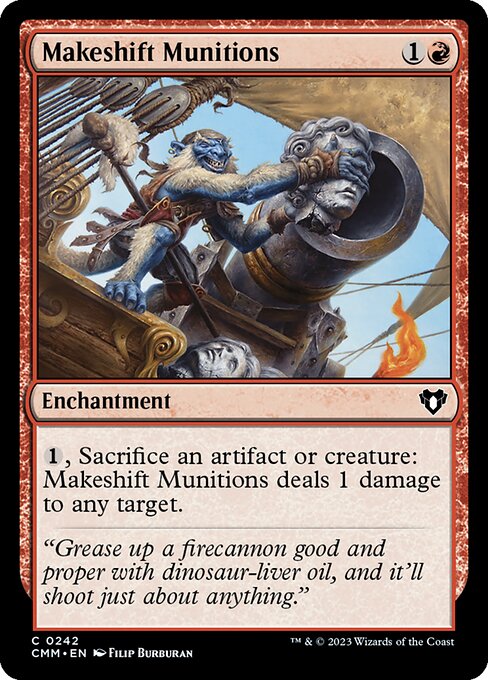
Makeshift Munitions
Gameplay Summary
The game unfolded as a fast-paced, aggro-focused Pauper Commander match featuring four aggressive commanders, each employing unique combat-oriented strategies.
Early turns involved players establishing their mana bases and deploying threats like first-strike creatures and utility artifacts.
Valduk, Keeper of the Flame, sought to build a board presence by equipping and creating multiple 3/1 trampling tokens to overwhelm opponents.
Kwende, Pride of Femeref, aimed to maximize damage output through double strike, doubling the combat damage of all creatures and threatening swift lethal damage.
Hallar, the Firefletcher, worked on accumulating +1/+1 counters by casting kicked spells to deal damage to all opponents, combining incremental damage with commander damage potential.
Meanwhile, Azorius Herald focused on evasive damage and life gain, leveraging unblockable creatures and enchantments to stabilize and chip away at opponents.
Key turning points included early political maneuvering to avoid unnecessary aggression against the most threatening decks, as well as players using removal spells and damage prevention strategically.
The tension rose as threats grew, with Valduk’s tokens and Kwende’s double strike creatures pressuring life totals quickly.
Hallar’s damage-dealing ability forced opponents to consider defensive plays or face incremental life loss.
The game showcased a dynamic balance of combat, removal, and political decisions.
Ultimately, the gameplay revolved around aggressive board development and combat damage, with players jockeying for position to land decisive damage through combat or commander damage triggers.












![Commander VS S14E4: Hallar VS Kambal VS Brudiclad VS Ob Nixilis [EDH] thumbnail](https://i.ytimg.com/vi/jRld6Avk_R0/sddefault.jpg)






![Commander Adventures # 23 - Adeliz v. Athreos, Shroud Veiled v. Tuvasa v. Hallar [EDH GAMEPLAY] thumbnail](https://i.ytimg.com/vi/1jOwKaH8sno/sddefault.jpg)


![Commander VS S14E1: Muldrotha VS Valduk VS Tatyova VS Arixmethes [EDH] thumbnail](https://i.ytimg.com/vi/N6grgj3VwDM/sddefault.jpg)









